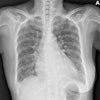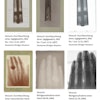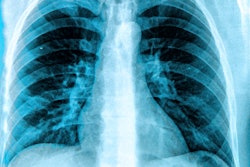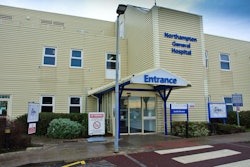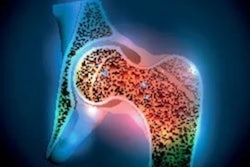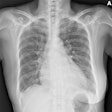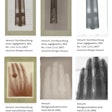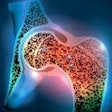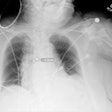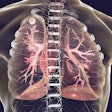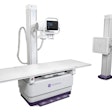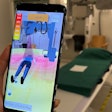VIENNA - Is chest x-ray -- ubiquitous in any radiology department, used for decades as an important imaging tool to diagnose and monitor diseases -- about to be rendered obsolete by technological advances, most specifically by chest CT scans? Or will integration with AI allow chest radiographs to hold their own?
These were the questions posed in an ECR 2024 session entitled "Chest x-ray: Will it stay or will it go?"
The answer remains unresolved -- at least in 2024.
The superiority of CT images over radiographs in chest imaging is unquestioned. Prof. Dr. Thomas Frauenfelder, director of the Institute of Diagnostic and Interventional Radiology of University Hospital Zürich, advised that in study after study, chest CT outperforms chest x-rays in lung cancer screening, diagnosis of emergency and trauma patients, staging, and intensive care unit (ICU) imaging.
He explained that in today's overcrowded hospital emergency departments, it is imperative to fast-track a patient to obtain an immediate, accurate diagnosis, especially those whose suspected injuries need treatment in the "golden hour." Performing a chest x-ray first in the interest of cost-savings is counterproductive, infeasible, and potentially clinically imprudent. In an emergency department environment, time is money and patient outcomes are imperative.
Cancer staging has switched to CT. Ultralow-dose pulmonary CT scans today are almost diagnostically comparable with conventional chest CT images. The costs of CT scanners are lower. These factors, combined with continuous improvements in software, are fueling their acquisition in the global market.
The importance of the chest radiograph is diminishing. But not everything is clear-cut. A COVID-19 study showed outcomes did not change with the use of CT compared with x-ray.
Other negatives related to CT include skyrocketing increases in radiologist workload and reading times, which can lead to burnout and radiation exposure concerns, as well as cost, accessibility, and management issues. Frauenfelder cautioned about overdiagnosis. "We do not want to harm patients by reporting on a finding that can't be seen on an x-ray and that may never harm them, or they can live with unknowingly throughout their lifetimes. If a patient learns about this, it may change his or her life."
Prof. Marie-Pierre Revel, head of radiology at Hôpital Cochin in Paris and professor of radiology at Université Paris Cité, believes that AI will help extend the tenure of the chest x-ray.
Chest x-rays do not allow for reliable detection of disease hidden behind organs and bones. There are many blind zones. Computer-assisted detection (CAD) was proven to improve radiologist performance, but it was underutilized because of its perceived high number of false positives.
"We are the next generation of radiologists who can benefit from AI," she explained. "AI can help us detect what is visible in retrospect and should not be missed. It differs from traditional CAD in that the current third era of computer systems approach human-level capability. Where CAD methods were narrow and brittle, deep learning can exploit patterns that are more meaningful and broadly used."
While there is a shift to CT for lung nodule detection and pneumonia diagnosis, chest x-rays are still useful for detection of abnormalities, and AI is proving to improve the performance of radiologists in detecting them, especially on chest x-rays. It also generates comparable or better reports.
"Today's question is, how can we validate AI findings and who will take responsibility," Revel said.
The concern of the presenters, including radiology specialist consultant Dr. Anthony Edey of North Bristol NHS Trust's Southmead Hospital in the U.K., is that clinicians will have access to an AI-generated report listing numerous findings. They pointed out that if radiologists do not validate AI reports, radiologists will cease to exist as being doctor's doctors. It is the job of radiologists to synthesize AI findings into meaningful and relevant content for clinicians.
When should a CT replace a chest x-ray? He suggested that this be the decision of the radiologist, relayed to a clinician diplomatically.
"We are becoming clinical radiologists. Doctors are relying on our findings," Edey said. "We should ask, 'What is the clinical question to be solved?' And then we should make a recommendation."
And it may be a CT exam instead of a chest x-ray. Or not.


